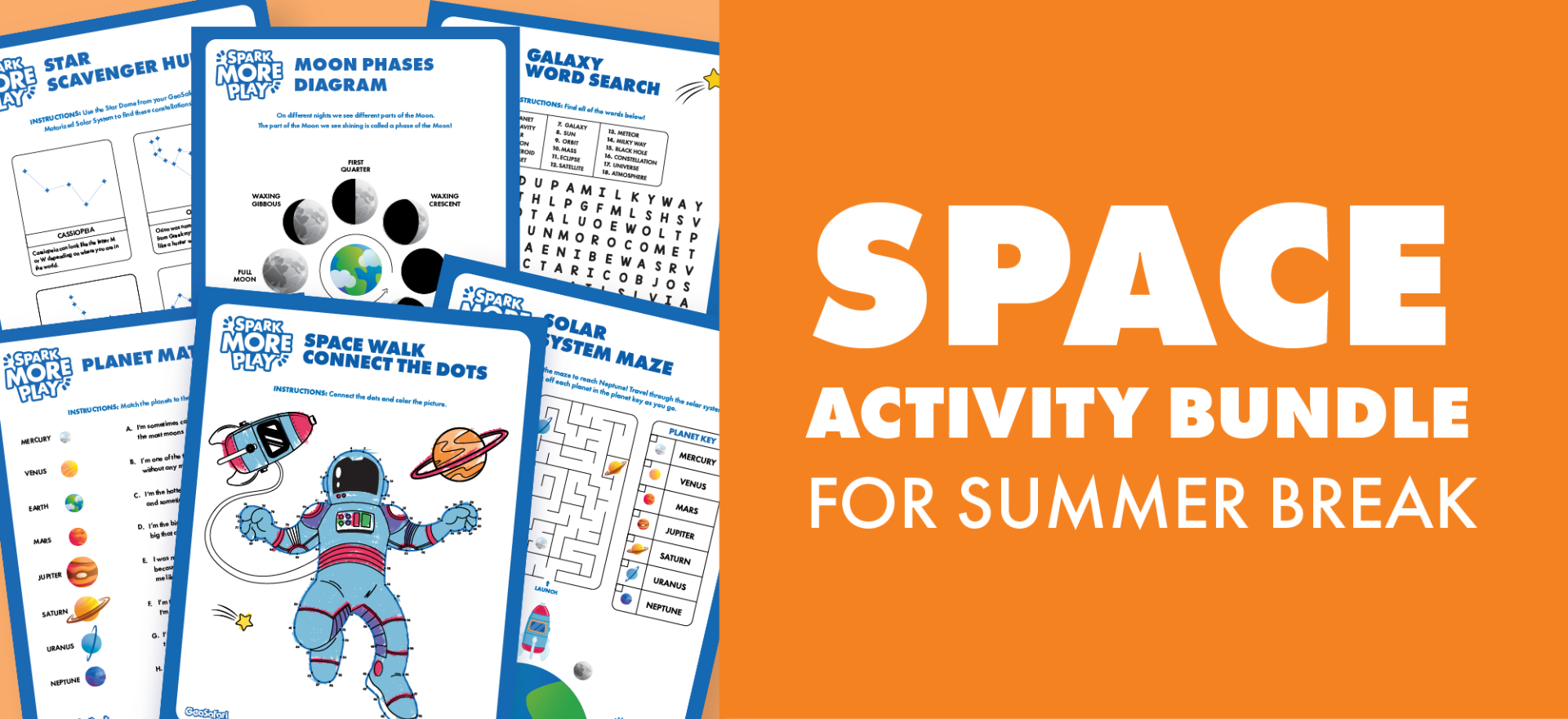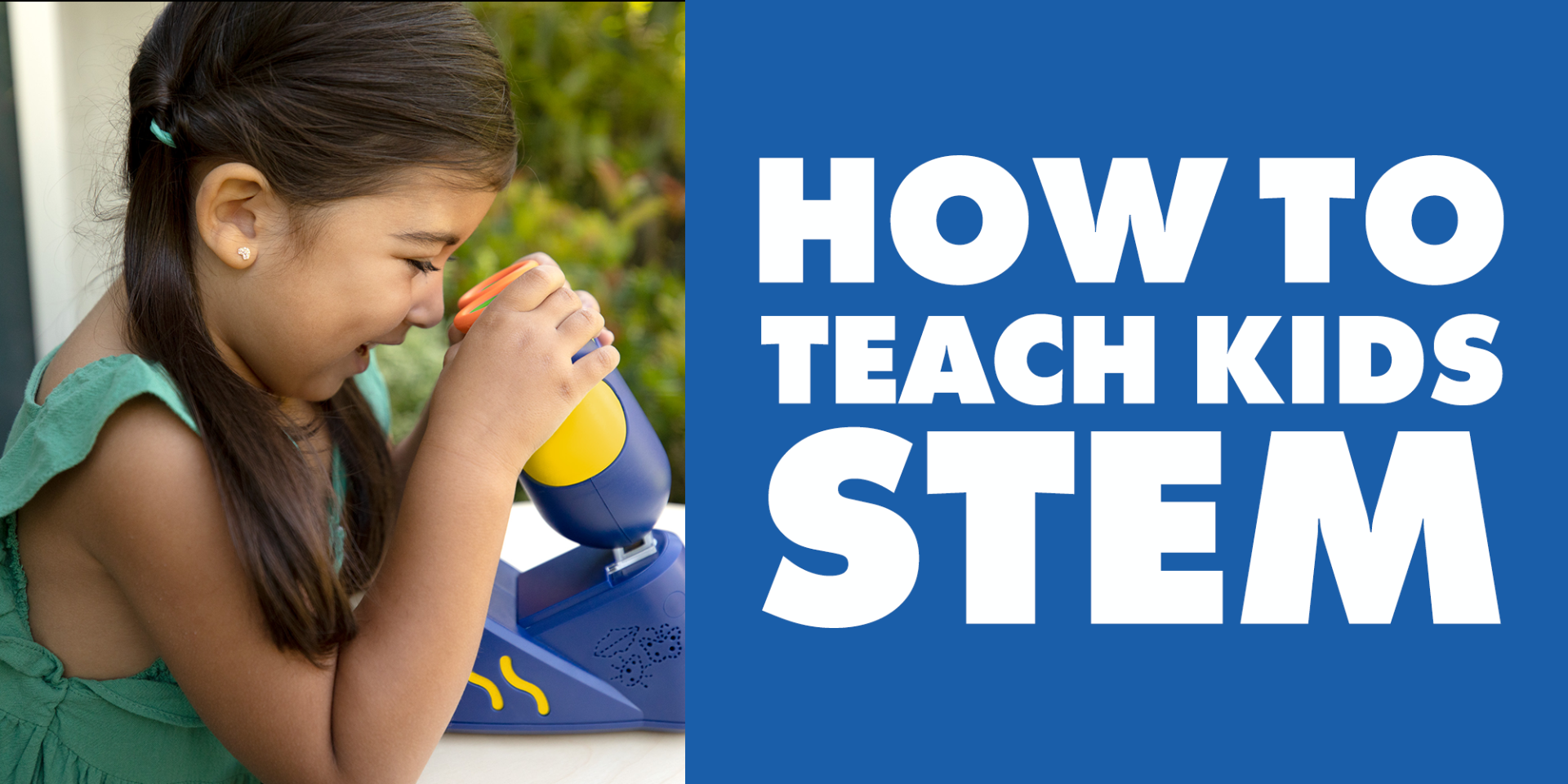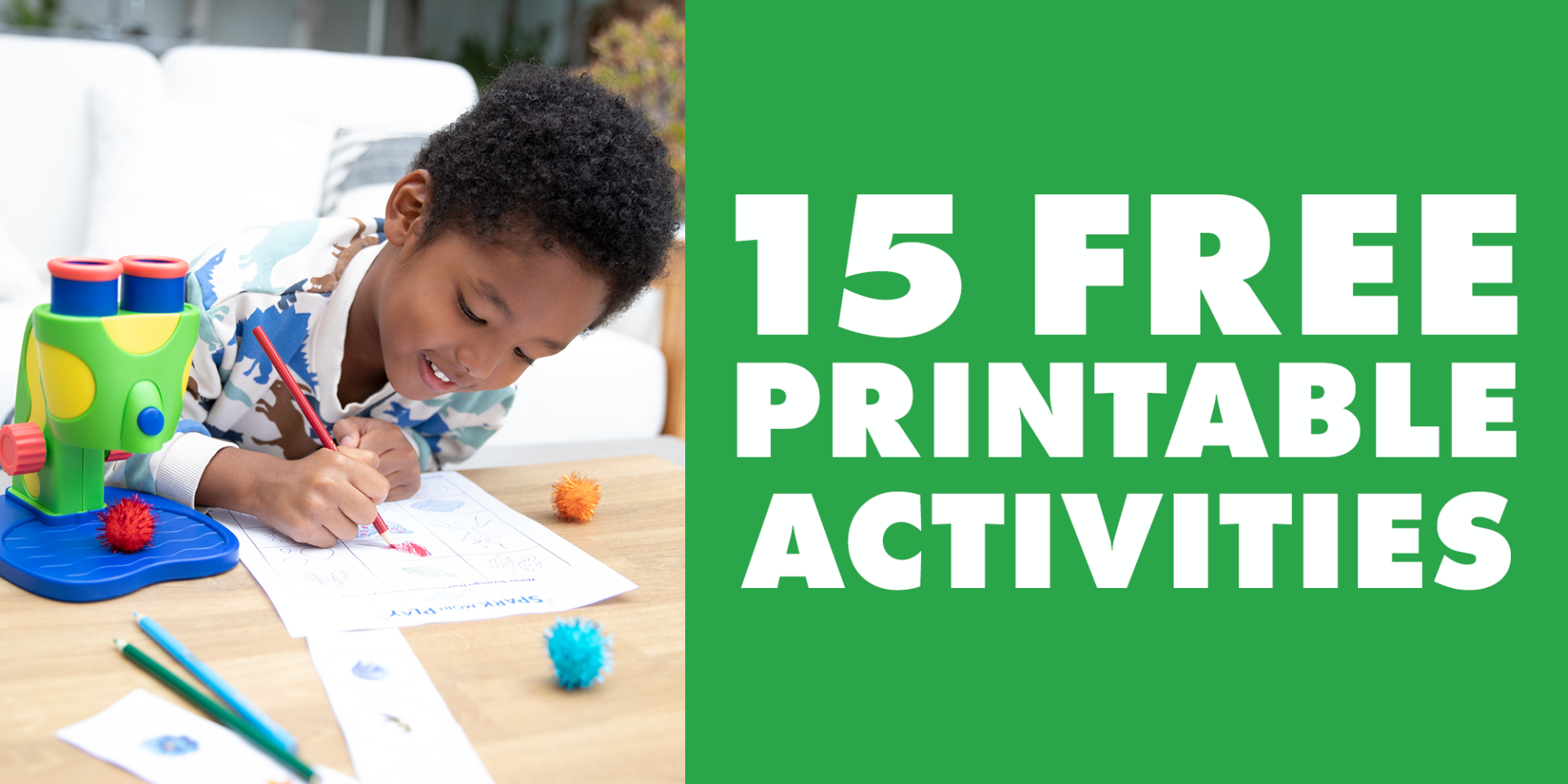
You Spin Me Right Round – A Parent’s Guide to the Spring Equinox
March 20 marks this year’s Spring Equinox. Umm… what? If you’re like many busy parents, you might need a quick refresher course on exactly what that means. Luckily, we’re here for you ????Start by remembering that the earth spins, or rotates, on an axis that runs vertically through the north and south poles. A full spin takes 24 hours, during which half of the earth is pointed toward the sun (good MORNING!) and the other half is pointed away (nighty night).

At the same time that it’s spinning, the earth is also making its revolution around the sun. A full revolution takes 365 spins, or days. One full year.

Here’s where things get really interesting. The earth is not completely upright when it’s revolving around the sun. It’s actually tilting a bit. The top half, or northern hemisphere, is leaning toward the sun for half of the earth’s trip around the sun, while the bottom half, or southern hemisphere, leans away, then vice versa as the earth rounds the other side of the sun.

This tilt is what makes our seasons. While the northern hemisphere is pointed toward the sun, we have summer. At the same time, the southern hemisphere is pointed away from the sun, and it’s winter down there. If the earth was straight up and down while it revolved around the sun, one part of the earth would ALWAYS have summer and the other would ALWAYS have winter. Twelve months of snowsuits? No thank you.

Still with us? Good. Now, as the earth revolves around the sun, there are two times when the sun is exactly overhead of the equator. This means that the entire earth is getting about the same amount of sunlight. And that there is exactly as much daylight as nightlight, so 12 hour days and 12 hour nights, at least at the equator.

The spring equinox happens when the north pole begins to lean toward the sun again and marks the beginning of spring in the northern hemisphere. In late September the south pole will begin to tilt toward the sun, marking the fall equinox, and the beginning of autumn.

For even more equinox info and a fun, kid-friendly video, check out
Crash Course Kids on YouTube!


 At the same time that it’s spinning, the earth is also making its revolution around the sun. A full revolution takes 365 spins, or days. One full year.
At the same time that it’s spinning, the earth is also making its revolution around the sun. A full revolution takes 365 spins, or days. One full year. Here’s where things get really interesting. The earth is not completely upright when it’s revolving around the sun. It’s actually tilting a bit. The top half, or northern hemisphere, is leaning toward the sun for half of the earth’s trip around the sun, while the bottom half, or southern hemisphere, leans away, then vice versa as the earth rounds the other side of the sun.
Here’s where things get really interesting. The earth is not completely upright when it’s revolving around the sun. It’s actually tilting a bit. The top half, or northern hemisphere, is leaning toward the sun for half of the earth’s trip around the sun, while the bottom half, or southern hemisphere, leans away, then vice versa as the earth rounds the other side of the sun. This tilt is what makes our seasons. While the northern hemisphere is pointed toward the sun, we have summer. At the same time, the southern hemisphere is pointed away from the sun, and it’s winter down there. If the earth was straight up and down while it revolved around the sun, one part of the earth would ALWAYS have summer and the other would ALWAYS have winter. Twelve months of snowsuits? No thank you.
This tilt is what makes our seasons. While the northern hemisphere is pointed toward the sun, we have summer. At the same time, the southern hemisphere is pointed away from the sun, and it’s winter down there. If the earth was straight up and down while it revolved around the sun, one part of the earth would ALWAYS have summer and the other would ALWAYS have winter. Twelve months of snowsuits? No thank you. Still with us? Good. Now, as the earth revolves around the sun, there are two times when the sun is exactly overhead of the equator. This means that the entire earth is getting about the same amount of sunlight. And that there is exactly as much daylight as nightlight, so 12 hour days and 12 hour nights, at least at the equator.
Still with us? Good. Now, as the earth revolves around the sun, there are two times when the sun is exactly overhead of the equator. This means that the entire earth is getting about the same amount of sunlight. And that there is exactly as much daylight as nightlight, so 12 hour days and 12 hour nights, at least at the equator. The spring equinox happens when the north pole begins to lean toward the sun again and marks the beginning of spring in the northern hemisphere. In late September the south pole will begin to tilt toward the sun, marking the fall equinox, and the beginning of autumn.
The spring equinox happens when the north pole begins to lean toward the sun again and marks the beginning of spring in the northern hemisphere. In late September the south pole will begin to tilt toward the sun, marking the fall equinox, and the beginning of autumn. For even more equinox info and a fun, kid-friendly video, check out Crash Course Kids on YouTube!
For even more equinox info and a fun, kid-friendly video, check out Crash Course Kids on YouTube!  Shop UK Site
Shop UK Site 








